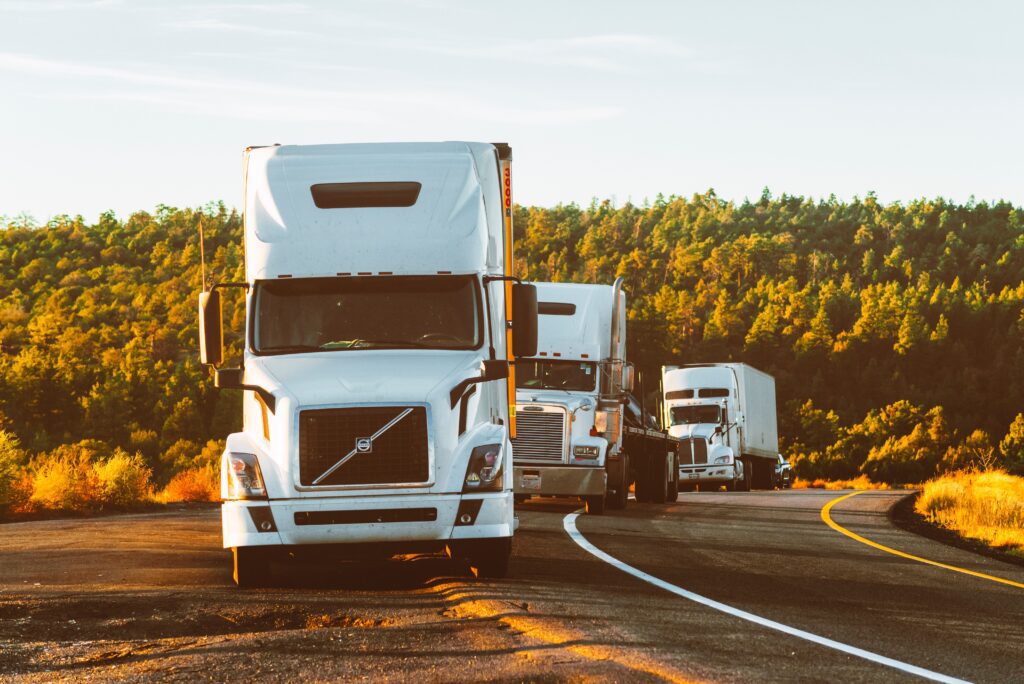Transportation is an essential component of the entire supply chain model, and every industry player strives to have state-of-the-art transportation services at reduced costs.
Transportation logistics costs are skyrocketing for a variety of reasons these days. Inadequate planning, lack of transparency, and wrong decision-making can all result in higher overall costs, missed deliveries and appointment targets, unhappy customers, and lost business.
Following are the 6 realistic ways to reduce your transportation costs in logistics.
1. Shipping Consolidation
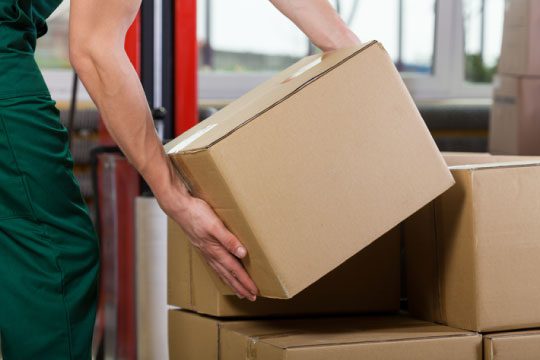
A company’s delivery rate is negotiated trip by trip based on weight, distance, and other factors when it works with carriers for delivery. Consolidating shipments is one strategy that transportation managers can use to make fewer trips and benefit from lower rates because of larger shipments.
Shipment consolidation means transportation managers will switch from FTL (Full Truckload) shipments to LTL (less-than-truckload) loads in the future. Since discounts for larger shipments are almost universally available, the transportation manager should consider this strategy to reduce costs.
2. Decentralized Warehousing Services
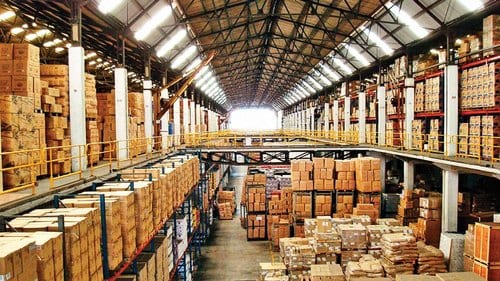
Another way to achieve reduced transportation costs via optimal distribution is to operate a number of decentralized warehouses. These do not have to be necessarily operated by the organization itself, they can even be operated by third-party logistics providers, unlike central warehouses.
Having the goods in decentralized warehouses ensures that they are already in close proximity to the customer, allowing for more flexibility and shorter delivery times. In this model, communication and coordination are critical between the corporate headquarters and the warehouses as well as within the warehouses.
Professional warehouse stock recording and communication are therefore essential for planning optimal transport routes and saving costs by knowing exactly how much and what types of goods or materials are kept in which warehouse.
3. Automatic Container Loading System
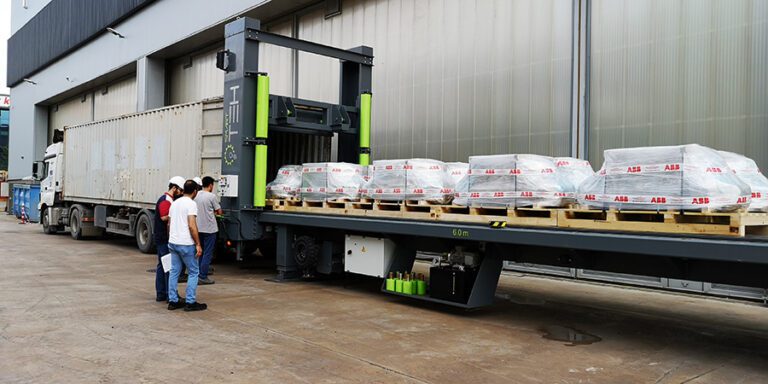
When dealing with bulky and heavy goods like wood or steel, the loading and unloading of containers is critical in the supply chain’s workflow.
When it comes to the Automatic Container Loading System, all you have to work with is one loading plate that can slide into or out of the container’s space, allowing you to load or unload all of your goods in one go.
Using an automatic container loading system is a great way to cut transportation and labor costs, avoid product damage, save production costs, and be even more productive.
4. Use of technology
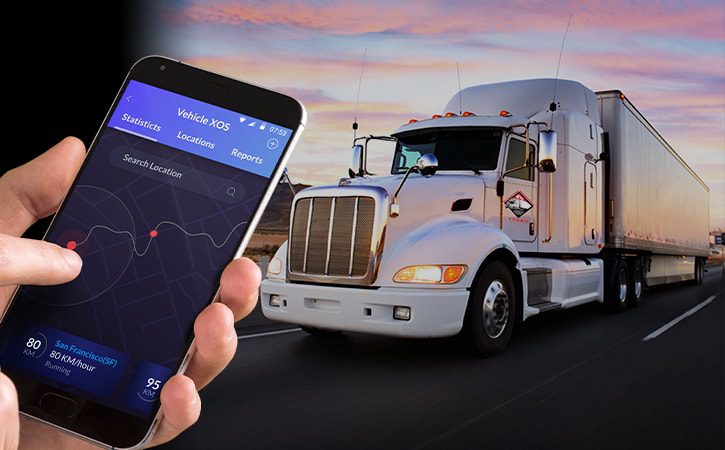
COVID-19 has demonstrated unequivocally that paper is no longer the way to go. There are some businesses for which digitizing processes can sound like a significant change, especially those which have been extremely successful for a long time. However, the benefits outweigh the costs in this case. Digital records give logistics managers a better understanding of the entire supply chain. They can stay on top of any disruptions and communicate with all stakeholders more easily. Computerized record-keeping refinement allows companies to find and fix inefficiencies that are costing them money.
Reducing logistics costs benefit any business, regardless of whether it is prospering or experiencing a global economic slowdown. The mere mention of traffic restrictions, accidents, or road construction gives dispatchers and logistics managers a headache. When it comes to route planning, not enough information is provided to ensure deliveries arrive on time. There’s no substitute for time. Travelling more easily while saving money on transportation is now possible thanks to the advent of digital technology and the use of digital software or applications. Planners should look for the best route rather than the shortest one. The most efficient routes are those that take as little time as possible to travel between points.
5. Reduce fleet size
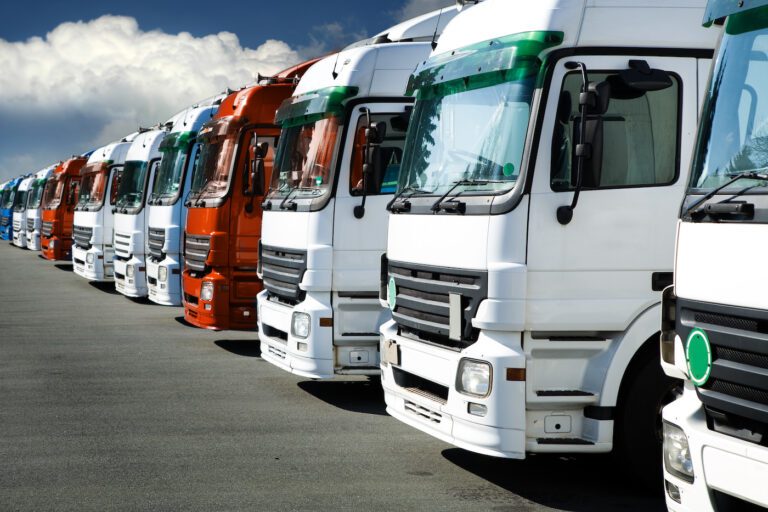
If you own a business that relies on a fleet of vehicles, whether cars or trucks, one of your main worries will be the expense of running the fleet. Finding efficient solutions to manage fleet costs can be a difficult undertaking, and it’s not as simple as taping your fingers across a mobile/web application to optimize all the chores.
It is possible to cover more ground in less time by distributing orders efficiently among the available vehicles. When fewer trips are required to provide more, it becomes possible to remove assets from service which further results in reducing the transportation cost.
6. Regular Vehicle Maintenance
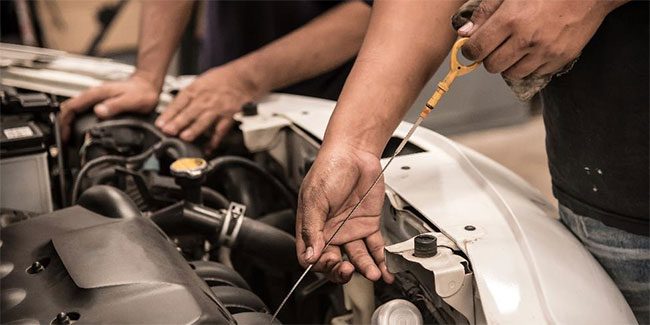
A vehicle breakdown can cost as much as $760 per day per vehicle. Preventive maintenance will help you avoid breakdowns and keep your vehicles in great shape. With the right regular vehicle maintenance programme, you can keep track of how far you’ve travelled, how many times you’ve stopped, and how much fuel you’ve used. Proper maintenance helps keep vehicles in good and efficient condition, which leads to decreased fuel consumption and energy losses, resulting in lower transportation costs.
FAQs
Transportation costs are the fees a carrier charges for transporting goods from one location to another. The cost is borne by the individual requesting the goods to be transported.
Divide the cost by the number of miles you drove in that month to get the “cost per mile.” Using the above example, we can calculate “fixed costs per mile” as follows: $2515 (fixed costs) / 8,400 (miles) = $0.30 per mile.
Transportation costs, inventory storage costs, and administration costs make up the bulk of logistics costs. Primary and secondary transportation costs are included in total transportation costs.
Transport costs can be divided into two broad categories: fixed and variable. Fixed costs are also known as inescapable costs by economists and variable costs are the indirect costs associated with transportation.
Related posts
- LTL Vs FTL : 7 Major Differences Between LTL & FTL
- Everything You Need To Know About FTL Shipping
- What Is LTL Freight Shipping
- 7 Key Benefits Of LTL Shipping For Your Business
- 10 Key Benefits Of Transportation Management System (TMS)
- Advantages and Disadvantages Of Ocean Freight Shipping
- Top 10 Shipping Companies In Mumbai
- Advantages and Disadvantages of Air Freight Shipping
- What Is Transportation Management System?
- 7 Latest Technologies Changing The Trucking Industry
- 13 Best Shipping Companies In India
- Reducing Less-than-Truckload (LTL) Costs: 10 Best Practices
- Top 12 Transport Management Softwares For Logistics Companies
